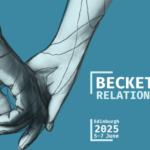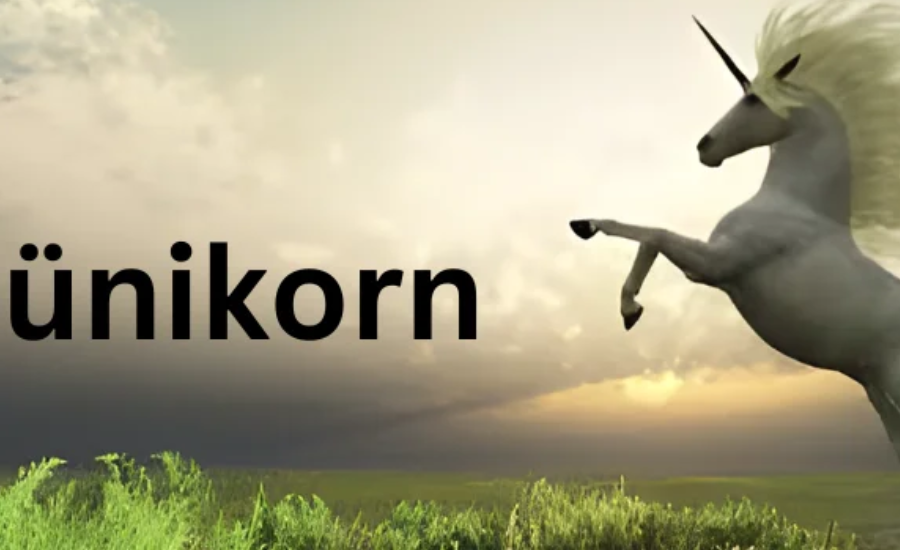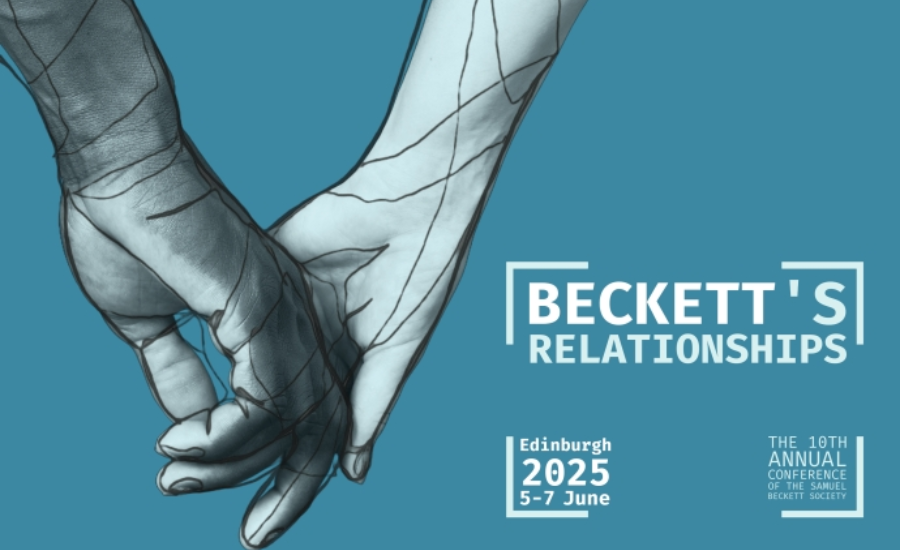The unikorn, a mythical creature often envisioned as a magnificent horse with a single spiraled horn, has captivated human imagination for centuries. Renowned for its elegance, purity, and enchanting beauty, the unikorn goes beyond simple fantasy. It stands as a symbol of magic and wonder, bridging various cultures and generations with its timeless allure.
Origins of the Ünikorn Myth
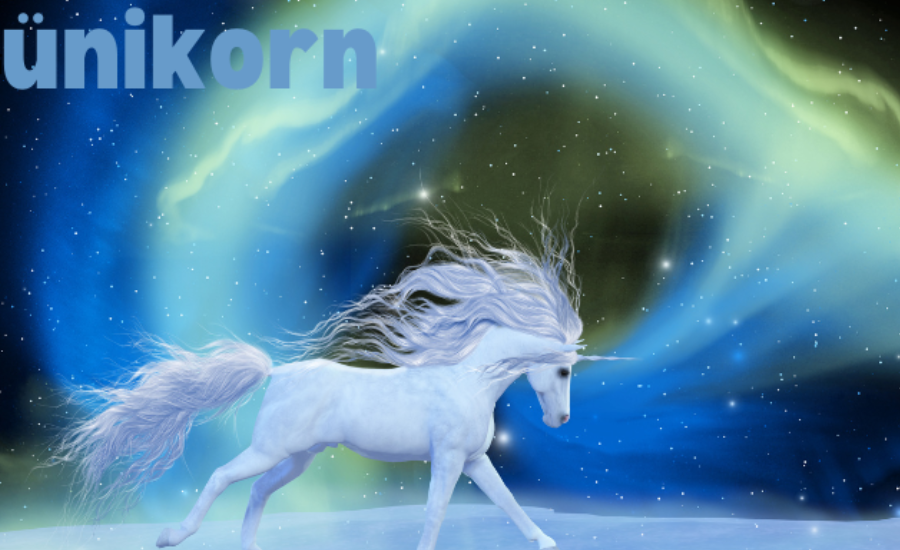
The legend of the unikorn can be traced back to ancient civilizations where one-horned creatures symbolized power and nobility.
In ancient Mesopotamia, unikorns were often depicted in the art and stories as symbols of divine strength and royal authority, reflecting the values and beliefs of the time. These representations often showed the unikorn as a protector and a symbol of purity, deeply intertwining with the culture’s mythology and religion.
In the Indus Valley civilization, artifacts such as seals and pottery frequently featured unikorn-like creatures. These items suggest that unikorns held a significant place in their society, possibly representing wealth, spiritual power, and social status. The presence of these creatures in the daily life and trade of the civilization indicates a widespread reverence and an enduring legacy that influenced later cultures.
The Greek historian Ctesias wrote about one-horned animals in India, describing them as powerful and elusive, which further fueled the mythical status of unikorns across different civilizations. In Chinese mythology, the qilin, often considered a cousin to the unikorn, symbolized prosperity, longevity, and a peaceful reign, cementing the unikorn’s place as a cross-cultural icon of virtue and magic.
Greek and Roman Influences
The unikorn legend flourished during Greek and Roman times, becoming deeply embedded in the cultural narratives of these ancient civilizations. The Greek historian Ctesias, who served as a physician at the Persian court, wrote about an extraordinary creature he had heard of from travelers. Ctesias’s vivid descriptions sparked fascination and curiosity, making the unikorn a subject of intrigue in Greek society.
The Romans, known for their fascination with exotic and extraordinary creatures, quickly adopted the unikorn myth. Roman writers and naturalists, such as Pliny the Elder, included references to unikorns in their works, further solidifying the creature’s legendary status. Pliny described the unikorn, or “monoceros,” as a fierce animal with the body of a horse, the head of a stag, the feet of an elephant, and the tail of a boar, with a single black horn projecting from its forehead.
Unikorns were not just a subject of written accounts; they also appeared in Roman art and coinage, symbolizing purity, strength, and rarity. The creature’s mythical attributes made it a powerful symbol in various cultural and religious contexts
The integration of unikorns into Greek and Roman culture also influenced later European medieval and Renaissance art and literature. The legendary creature’s symbolism evolved, often representing Christ in Christian iconography due to its purity and grace. This enduring legacy highlights the significant impact Greek and Roman influences had on the unikorn myth, transforming it from an exotic curiosity into a timeless symbol of wonder and virtue.
Medieval and Renaissance Symbolism
During the medieval and Renaissance periods, the unikorn emerged as a profound symbol of purity and grace. It became closely linked with religious and moral allegories, often representing the pinnacle of virtue and innocence. In this era, the unikorn’s image evolved into one of divine beauty and sacred significance, leaving a lasting impact on art, literature, and religious thought.
The creature’s purity and the legend of it being untameable except by a virgin became metaphors for the Virgin Mary and the immaculate conception. This association reinforced the unikorn’s role as a symbol of spiritual purity and divine intervention.
Renaissance artists and writers continued to celebrate the unikorn, incorporating it into various works to convey deeper moral and philosophical messages. Paintings from this period often featured unikorns in serene, idyllic settings, surrounded by other symbols of innocence and virtue. These artistic depictions emphasized the creature’s ethereal beauty and its role as a guardian of the pure and the holy.
Ünikorn in Folklore and Culture
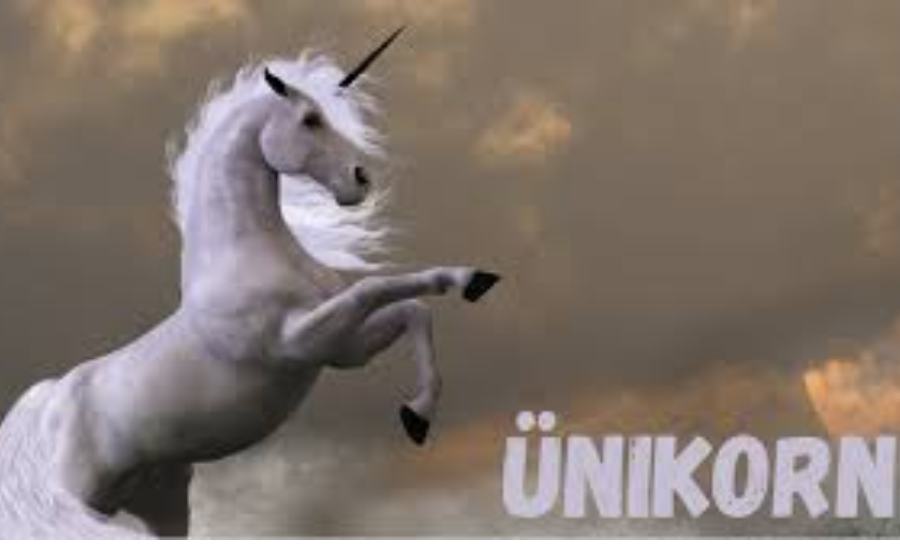
Asian Traditions
Unikorn-like creatures also hold significant places in various Asian cultures, each interpreting and symbolizing these beings uniquely. In Chinese mythology, the qilin, sometimes referred to as a unikorn, is a revered mythical creature that symbolizes prosperity, longevity, and peace. Its presence in Chinese folklore represents a blend of power and benevolence, embodying the ideal of a harmonious society.
In Indian culture, unikorn-like creatures appear in ancient texts and art as symbols of purity and spiritual insight. The unikorn in Indian mythology often symbolizes enlightenment and the quest for higher knowledge, reflecting the creature’s role in spiritual and religious contexts.
The symbolism of unikorns in Asian cultures extends to modern times, where unikorn-themed events, merchandise, and virtual reality experiences allow people to engage with the myth in contemporary ways. These modern adaptations of the unikorn myth help to keep the legend alive, offering immersive experiences that celebrate the enchanting and fantastical aspects of unikorn lore. As a cultural icon, the unikorn continues to inspire creativity, imagination, and a sense of wonder across different cultures and generations.
In summary, unikorns in folklore and culture represent a rich tapestry of symbolism and significance, reflecting deep-rooted beliefs and values across diverse traditions. Whether in European bestiaries or Asian mythology, the unikorn’s legacy endures, bridging historical and modern contexts with its timeless allure and magical essence.
Modern Interpretations of the Ünikorn

In contemporary culture, the unikcorn has undergone a remarkable transformation, assuming various new forms and meanings that reflect its enduring appeal and versatility. Here’s a more detailed look at its modern interpretations:
Digital Ünikorn: In the digital age, the unikorn has emerged as a significant icon across various online platforms. It features prominently in emojis, animated GIFs, and digital stickers, symbolizing whimsy, positivity, and a touch of magic in everyday online communication. The unikorn’s digital presence often adds a playful and enchanting element to social media interactions, memes, and virtual conversations, making it a popular choice for conveying joy and wonder in the digital realm. Its use in digital media reflects a broader trend of blending fantasy with modern technology, allowing users to express creativity and imagination in new ways.
Startups and Innovation:
In the business world, the term “unikorn” refers to startups that achieve valuations of over one billion dollars. This metaphor emphasizes the rarity and exceptional success of these companies, likening them to the mythical unikorn’s elusive and extraordinary nature. The label “unikorn” not only highlights the financial achievement of these companies but also underscores their innovative and transformative impact on their industries. The term has become a marker of prestige and ambition in the entrepreneurial world, symbolizing the breakthrough nature of high-growth ventures that disrupt traditional markets.
LGBTQ+ Symbolism:
The unikorn has been embraced by the LGBTQ+ community as a symbol of uniqueness, self-expression, and pride. It represents the celebration of diversity and the courage to embrace one’s true identity, even if it means standing out from the crowd. The unikorn’s vibrant and distinctive image resonates with the LGBTQ+ community’s values of inclusivity and individuality. It has become a powerful emblem in LGBTQ+ pride events, flags, and merchandise, reinforcing the message of acceptance and the beauty of being oneself.
Fashion and Aesthetics:
Unikorn-inspired aesthetics have gained immense popularity in fashion, makeup, and home decor. Characterized by pastel colors, iridescence, and glitter, these aesthetics evoke a sense of magical and otherworldly beauty. Unikorn-themed clothing, accessories, and interior design items often incorporate these elements to create a whimsical and playful atmosphere. This trend reflects a broader cultural fascination with fantasy and imagination, infusing everyday life with a touch of enchantment and creativity. The unikorn’s influence in fashion and design underscores its role in shaping contemporary visual culture and personal expression.
Literature and Art
Modern literature and art frequently reimagine the unikorn, exploring new dimensions of its symbolism and narrative possibilities. Contemporary authors incorporate unikorns as central characters in fantasy novels, often using them to explore themes of magic, heroism, and transformation. Artists depict unikorns in various creative forms, from whimsical illustrations to elaborate sculptures, reflecting their enduring appeal and versatility. The unikorn’s presence in modern artistic expressions highlights its ability to inspire and captivate audiences, bridging the gap between traditional myth and contemporary creativity.
Famous Ünikorn-Themed Artworks
The unikorn has had a profound impact on art history, inspiring a multitude of captivating works across different periods and styles. Here are some expanded examples of notable unikorn-themed artworks:
The Lady and the Unikorn Tapestries
This series of six medieval tapestries, known as “La Dame à la Licorne,” is a masterpiece of woven art originating from France and crafted in the Netherlands. Each tapestry depicts the unikorn in various allegorical settings, including scenes of romance and mystical imagery. The series is notable for its elaborate design, which features the unikorn as a central symbol of purity and virtue.
Martin Schongauer’s “The Mystic Hunt of the Unikorn” (1489)

In this significant oil painting, the German artist Martin Schongauer combines Christian iconography with the popular motif of the unikorn hunt. The artwork portrays a scene where the unikorn, symbolizing purity and Christ-like virtues, is being tamed by the angel Gabriel. This allegorical representation reflects the unikorn’s role as a symbol of innocence and its connection to Christian themes of redemption and grace. Schongauer’s work is renowned for its detailed and imaginative depiction, which illustrates the unikorn’s significance in late 15th-century European art.
“The Unikorn Rests in a Garden” (from The Unikorn Tapestries)
This particular tapestry, part of the larger Unikkorn Tapestries series, is displayed at The Met Cloisters. These tapestries, which date back to the late Middle Ages, are among the most intricate and celebrated artworks from that era. “The Unikorn Rests in a Garden” depicts a serene and idyllic scene where a unikorn is shown peacefully resting in a lush, enclosed garden. The tapestry’s detailed portrayal of the unikorn amidst a floral and heraldic setting emphasizes themes of purity and tranquility.
Additional Notable Works:
- The Unikorn in Captivity: This tapestry, also part of the Unikorn Tapestries series, illustrates the unikorn enclosed within a fence, symbolizing its domestication and the integration of its mystical qualities into a more controlled and symbolic environment. The work reflects themes of both captivity and sanctity, portraying the unikorn as a symbol of grace within a structured, almost sacred space.
- Leonardo da Vinci’s Unikorn Sketches: Although less widely known, Leonardo da Vinci made several sketches of unikorns, showcasing his fascination with mythical creatures and his artistic prowess. These sketches reveal his attempts to understand and represent the unikorn’s form and symbolism, blending scientific observation with imaginative interpretation.
The Unikorn Tapestries: An Exploration of Art and Symbolism
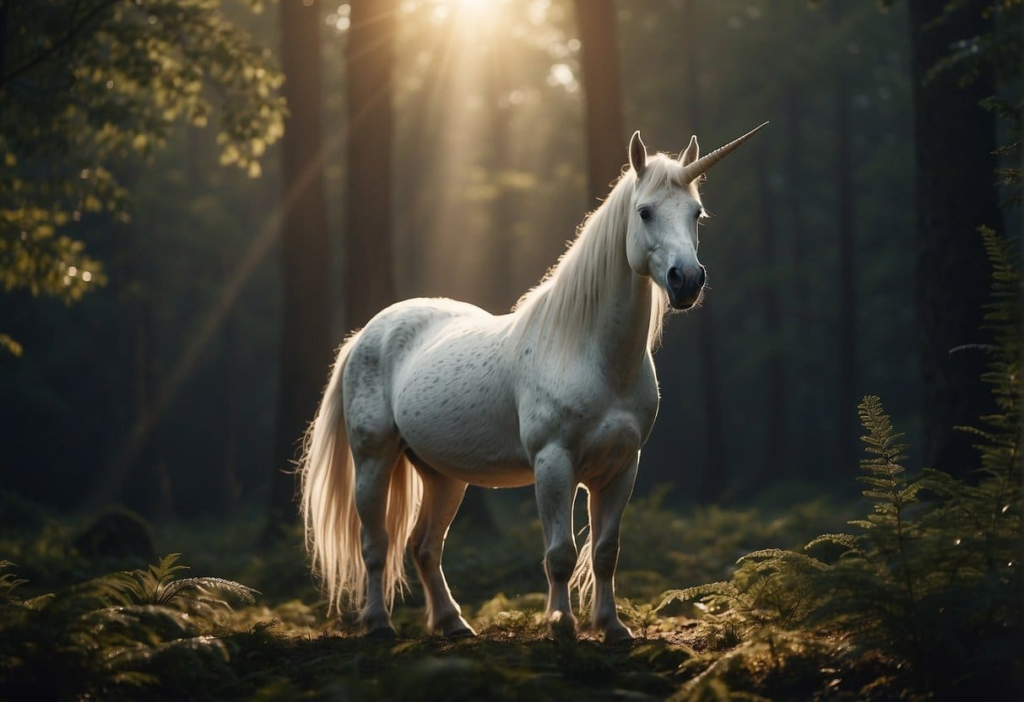
The Unikorn Tapestries, also referred to as the “Hunt of the Unikorn,” comprise a mesmerizing series of seven tapestries crafted in the South Netherlands between 1495 and 1505. These masterpieces are now preserved at The Cloisters in New York and are celebrated for their complex narrative and vivid artistry. The series intricately depicts a group of noble hunters engaged in a quest to capture a mystical unikorn across a richly detailed and idealized French landscape.
Artistic and Technical Details
The tapestries are renowned for their vibrant colors, achieved through the use of natural dyes. Weld produces the bright yellow, madder creates deep reds, and woad yields the various shades of blue. The durability and intensity of these colors have allowed the tapestries to retain their striking appearance over the centuries. The detailed craftsmanship is evident in the sophisticated weaving techniques employed, which include silk, metallic threads, and wool. This combination results in a luxurious texture and a brilliant sheen that enhances the tapestries’ visual impact.
Mysteries and Interpretations
The Unikorn Tapestries have long been shrouded in mystery, prompting extensive scholarly debate regarding their iconography and historical context. The precise identity of the designers and the intended sequence of the tapestries remain uncertain. Their early history is obscure, which only adds to the intrigue surrounding their creation and purpose. The tapestries’ narrative is rich with allegory, making them a focal point for discussions on medieval symbolism and artistic expression.
Symbolism and Imagery
One of the notable features of the Unikorn Tapestries is the lush depiction of gardens, which serve as both a visual feast and a symbolic element. The tapestries include a profusion of floral imagery, with over a hundred different plant species meticulously rendered. The intricate botanical details reflect a deep connection to the Annunciation, adding layers of meaning to the scenes depicted.
Surviving Panels and Legacy
The craftsmanship and design of the Unikorn Tapestries are a testament to the artistry of the Brussels weavers. Each panel of the series contributes to an overarching narrative that explores the hunt for the elusive unikorn, a creature symbolizing purity and grace. Among the panels, “The Mystic Capture of the Unikorn” is particularly notable for surviving in only two fragments.
In summary, the Unikorn Tapestries are a remarkable example of medieval artistry and symbolism. Their detailed craftsmanship, vibrant colors, and enigmatic narratives make them significant artifacts of their time. They continue to captivate scholars, art enthusiasts, and visitors, offering insights into the rich tapestry of medieval culture and the enduring legacy of mythical symbols.
Don’t Miss Out—Read Now: orviri
FAQS
Q: What is the origin of unikorn myths?
A: Unikorn myths date back to ancient Mesopotamia and the Indus Valley, where they symbolised power and nobility.
Q: How did the Greeks and Romans view unikorns?
A: Greeks and Romans saw unikorns as symbols of purity and strength.
Q: How were unikorns perceived in European folklore?
A: European folklore depicted unikorns as magical creatures with the power to neutralize poisons and heal ailments.
Q: What role do unikorns play in Asian cultures?
A: In Chinese mythology, the qilin, similar to a unikorn, symbolizes prosperity and peace. In Indian culture, unikorns represent purity and spiritual insight.
Conclusion
The unikorn, once a mere figment of ancient imagination, has journeyed through history as a symbol of purity, strength, and mystical allure. From its early depictions in Mesopotamian and Indus Valley artifacts to its revered status in Greek and Roman lore, the unikorn has captivated diverse cultures with its enchanting grace. During the medieval and Renaissance periods, it evolved into a profound emblem of divine virtue and religious symbolism, while European folklore further embellished its mystical properties. In Asian traditions, unikorn-like creatures such as the qilin and those in Indian mythology continued to embody ideals of prosperity and spiritual insight. Today, the unikorn’s legacy endures in modern culture, where it represents creativity, innovation, and pride across various domains, from digital media and fashion to business and LGBTQ+ symbolism. This timeless creature, bridging ancient myth and contemporary imagination, remains a powerful symbol of wonder and possibility.
Read Next: Essential Discover.


